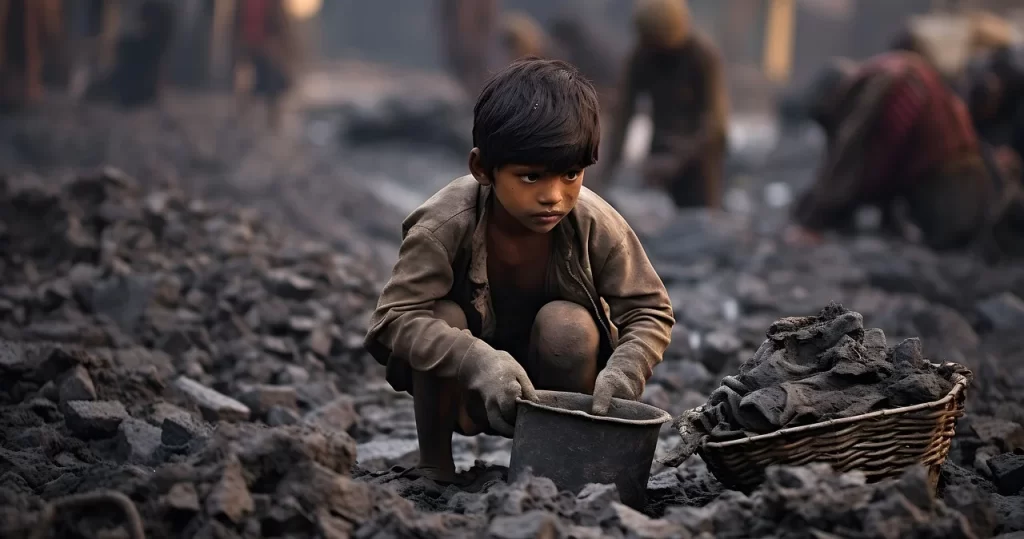Child labour in Afghanistan has surged dramatically since the Taliban’s return to power in 2021, according to a recent report by the United Nations Office for the Coordination of Humanitarian Affairs (OCHA).
Released on June 12 to mark World Day Against Child Labour, the report paints a grim picture of the escalating crisis affecting the nation’s children.
The UN report indicates that 19 percent of Afghan children are now engaged in labour, the highest rate globally. This troubling statistic reflects the compounded effects of poor governance, ongoing conflict, and widespread poverty under Taliban rule. Save the Children has noted a staggering 38 percent increase in child labor in the past year alone.
“The current situation of children in Afghanistan is extremely dangerous for the future,” warns OCHA, highlighting the urgent need for intervention.
Afghanistan’s children are found working in various arduous and often hazardous jobs, including brick making, carpet weaving, construction, mining, and farming. Many others resort to begging on the streets or scavenging for garbage to support their families.
The Taliban’s policies have significantly worsened the plight of Afghan children, depriving them of their basic rights and education. The number of out-of-school children has risen sharply, with many forced into labour due to the country’s dire economic conditions.
The United Nations has called on the Taliban to take immediate measures to curb child labour and provide support to affected families. This appeal underscores the international community’s growing concern over the Taliban’s governance and its devastating impact on Afghanistan’s future.


